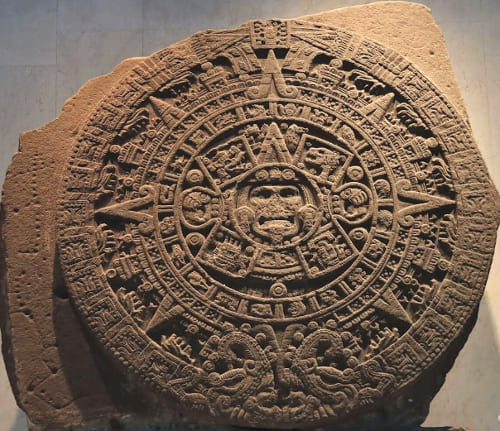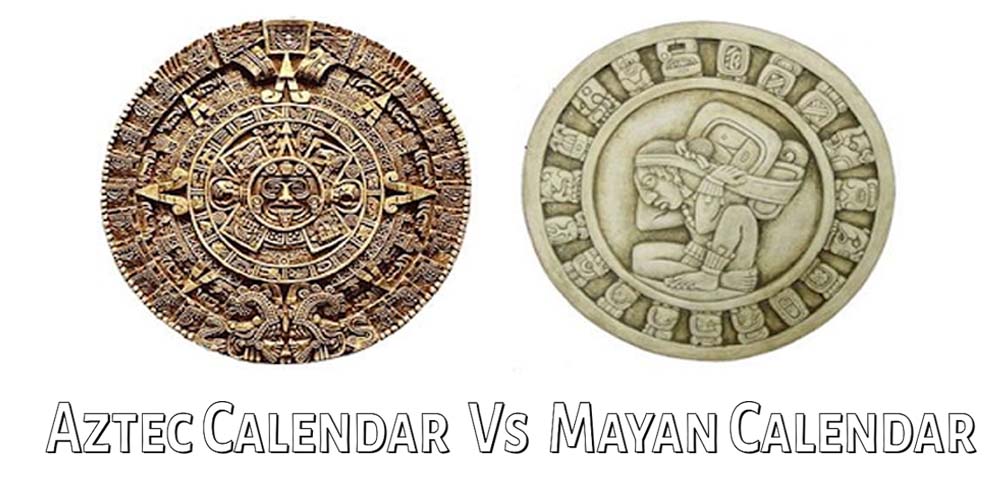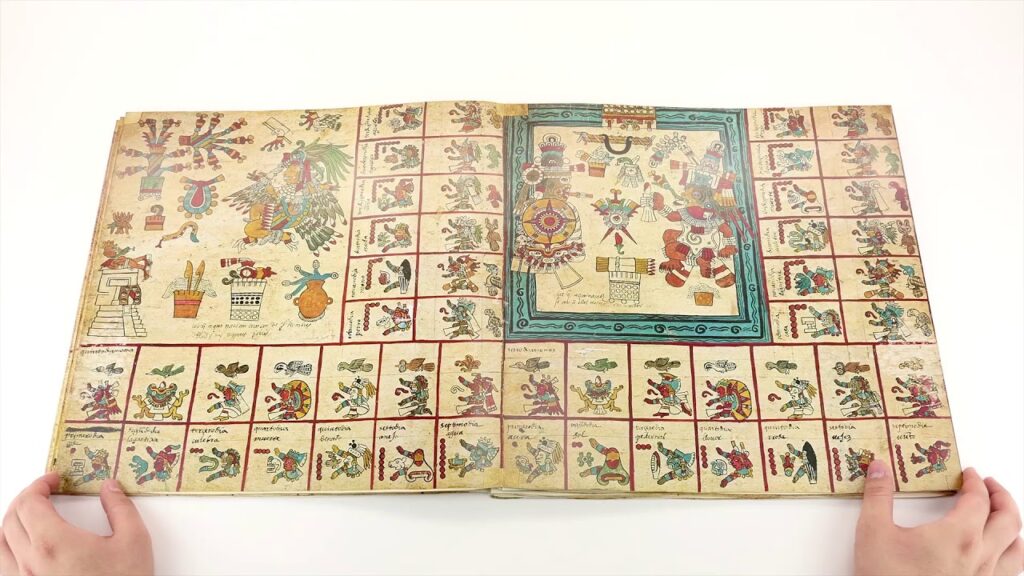The difference between the Mayan and Aztec calendar lies in their unique structures and purposes, even though both are among the most sophisticated timekeeping systems ever created by pre-Hispanic Mesoamerican cultures. Both showcase a profound connection to astronomy, religion, and daily life. While they share similarities, their differences highlight the uniqueness of each civilization. This article delves into these distinctions, exploring their historical and cultural impact.
Difference Between Mayan and Aztec Calendar: Astronomy vs. Rituals
The Mayan Calendar: Precision and Astronomical Complexity

The Mayan calendar is a remarkable achievement in the history of time measurement. It reflects the Mayans’ advanced knowledge of astronomy and mathematics, structured around three primary cycles:
- The Tzolk’in: A 260-day ritual cycle, primarily used for astrology and divination.
- The Haab: A 365-day solar cycle consisting of 18 months, each lasting 20 days, plus a five-day extra period known as Wayeb.
- The Long Count: A system designed to measure long spans of time, starting from a set date in 3114 BCE.
These cycles combined to create the famous Calendar Round, spanning 52 years. The Mayans even adjusted their calendar by adding an extra day every four years, similar to the modern leap year.
The Aztec Calendar: Rituals and Cultural Cycles

The Aztec calendar, known as the Tonalpohualli, also operated through two primary cycles:
- The Tonalpohualli: A 260-day ritual cycle, used for religious and ceremonial predictions.
- The Xiuhpohualli: A 365-day solar cycle made up of 18 months, each containing 20 days, along with a five-day extra period referred to as Nemontemi.
Unlike the Mayans, the Aztecs did not use a long count system but relied on a 52-year cycle called the Xiuhmolpilli to coordinate significant events and ceremonies.
Difference Between Mayan and Aztec Calendars: Year Length, Naming Systems, and More
Year Length
Although both calendars recognised a 365-day solar year, their structuring differed:
- Mayans: Adjusted the calendar by adding one day every four years.
- Aztecs: Periodically added an extra month.
Day Naming Systems
The Mayans and Aztecs used unique naming conventions for their days:
- Mayans: A system of 20 distinct day names arranged into repeating 260-day cycles.
- Aztecs: A system of 13 days with specific names interwoven into their ceremonial cycles.
Religious Significance
For both cultures, time was deeply spiritual:
- Mayans: Saw time as cyclical, with each cycle bearing distinct energy.
- Aztecs: Viewed time as a divine force tied to their gods.
Visual Representation
- Mayans: Used glyphs to detail days and cycles.
- Aztecs: Represented cycles through concentric circles, as seen in the iconic Sun Stone.
Did You Know…
- The Mayans predicted eclipses with minute precision, thanks to their calendar.
- The Aztec calendar was based on the observation of Sirius to mark important cycles.
- Beyond timekeeping, the calendars served as tools for understanding the cosmos, organising agricultural activities, and determining sacred dates. They embodied a cyclical view of time, crucial for spirituality and survival.
FAQs
The difference between the Mayan and Aztec calendars lies not only in their structures, but also in how they reflect each civilization’s world-view. Both systems showcase humanity’s ability to connect celestial observation with earthly organisation. Understanding them pays homage to the brilliant minds that created them and their enduring legacy in how we perceive time.
Academic references:



